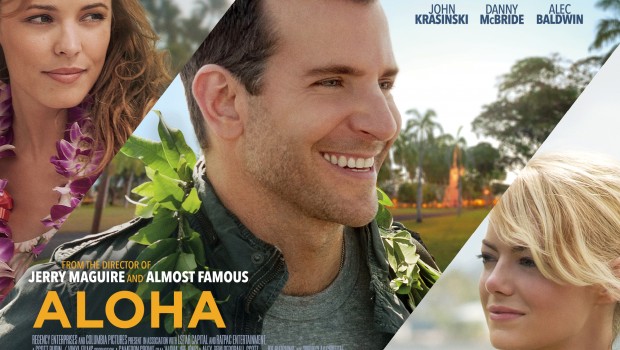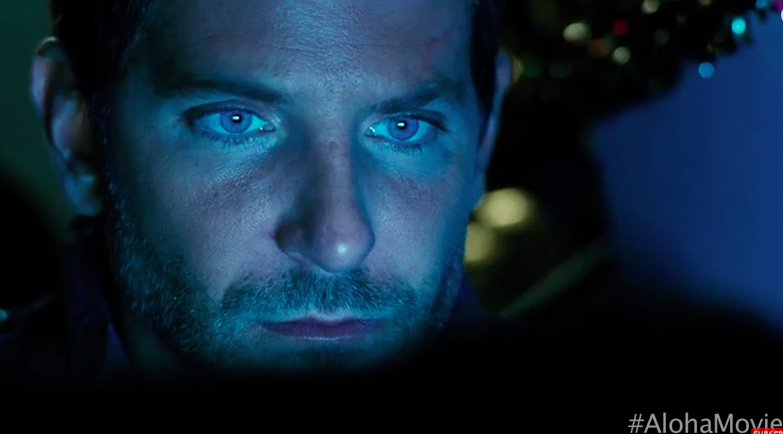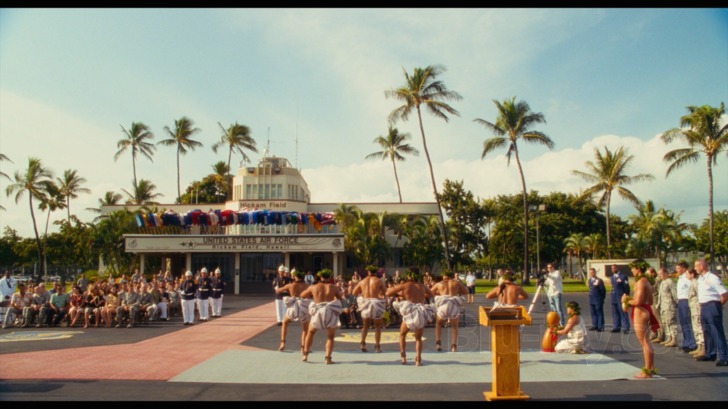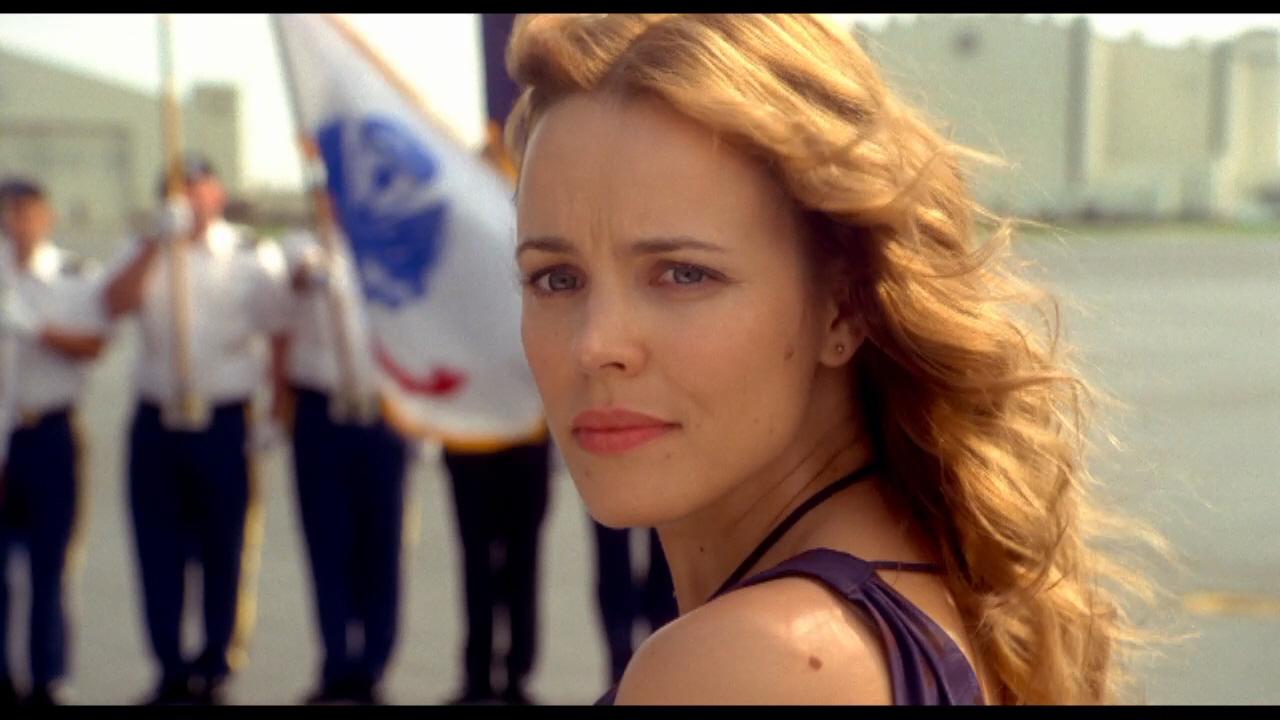(Guess who’s back, back again, and so forth in that manner. Yes, this series is making a triumphant comeback after sputtering out just about half a year ago. It’s not a full return, though. I won’t be going at a rate of three a week like I was for a while, and I’ll mostly be covering the movies I was considering covering that I really should have, not ones I was on the fence about or hesitant to see at all. I do know for sure that there will at least be one more entry after this one, so stay tuned for that…)
Who Shot It: Eric Gautier. Gautier has worked with many of the finest directors in French and world cinema on some of their finest (admittedly, also some of their worst) work. His main collaborations have been with Arnaud Desplechin, shooting his My Sex Life… or How I Got Into an Argument, Esther Kahn, Kings and Queen, and A Christmas Tale, and Olivier Assayas, shooting his Irma Vep, Sentimental Destinies, Clean, Summer Hours, and Something in the Air. In addition, he’s shot films for Costa-Gavras (Capital), Leos Carax (Pola X) and Alain Resnais (Private Fears in Public Places, Wild Grass, You Ain’t Seen Nothing Yet). His big break internationally came with his work on Walter Salles’ The Motorcycle Diaries, which convinced Sean Penn to hire him to shoot his Into the Wild (Gautier’s work on Into the Wild is just about the only thing in that movie both its detractors and fans can agree on being great). His career shooting American films has not been as fruitful as his career in France, to say the very least. He worked with Ang Lee on his thoroughly middling Taking Woodstock, Alfonso Cuaron on his thoroughly middling TV pilot Believe (which, having seen it, was like Children of Men after getting repeatedly hit on the head), and with Olivier Dahan on Grace of Monaco, for which “thoroughly middling” would be the nicest thing anyone has ever called it. Grace of Monaco premiered on Lifetime only four days prior to the theatrical premiere of Gautier’s latest American film. That film, of course, is Aloha. That must have been one shitty week for him.
What Do You Mean, Story?: In a previous installment of this series, I covered Cameron Crowe’s We Bought a Zoo. I did not like it. In fact, I found it to be sugary treacle with too many precocious/sullen kids for five movies, let alone one, a nauseating music-box score from Sigur Ros’s Jonsi, and some good needledrops put to astonishingly bad use (what damage Sara Dylan did to Bob Dylan was less than what Crowe did to “Buckets of Rain”). But really, at the end of the day, it was just a mediocrity, a run-of-the-mill Failure, if you will. But Crowe’s next project would prove to be a rarer bird; a gen-u-wine Fiasco. Aloha was hounded by bad buzz for months and even years before its release, being in development for seven years before its eventual release (it was originally going to star Ben Stiller and Reese Witherspoon in the Bradley Cooper and Rachel McAdams roles, with the Emma Stone character apparently not existing at that point), not having a title until a few months before its release, Amy Pascal ripping it in the leaked Sony emails, the trailer resembling more a parody of a Cameron Crowe rom-com than an example of one, and the news that Emma Stone would be playing an Asian person. And that was before the damn thing came out and it was revealed that it was also bugfuck nuts. Not surprisingly, it got terrible reviews and sank like a stone at the box office. But is it really that bad? Well, in a way, yes, but in another way, yes.
Brian Gilcrest (Bradley Cooper, phoning it in) is many things. Cameron Crowe makes sure you hear about every one of those things from other characters. I’d wager that half of the script is solely devoted to people telling him to his face what he’s like. He’s a cynical lone-wolf workaholic in the sense that he works to avoid work veteran who has a limp that comes and goes and an extra toe on one of his feet(???) who left behind his girlfriend Tracy (Rachel McAdams) in Hawaii who comes back to Hawaii to work for an eccentric contractor named Carson Welch (Bill Murray). He also has a friend he calls “Fingers” (Danny McBride) who appears to have a neurological condition that makes him keep his hands constantly in motion, and he butts heads with a General (Alec Baldwin, getting most of the film’s scant laughs just by being good old apoplectic Alec Baldwin) who warns Gilcrest to make sure that he doesn’t screw up the Welch deal. Got all that? Good, there’s bunches more where that came from. Gilcrest’s “watchdog” is peppy Air Force Captain Allison Ng (Emma Stone, the only one not on autopilot, har har), who is obsessed with tales of Hawaiian spirits until Crowe decides that that’s not important anymore. Tracy’s new beau is Woody (John Krasinski), a pilot who probably could have been cut out of the movie and no one would notice or care (although it should be said that his final scene is one of the few good scenes in the movie). Gilcrest has to negotiate with real-life Hawaiian nationalist leader Bumpy Kanahele (sporting a “HAWAIIAN BY BIRTH / AMERICAN BY FORCE” tank-top) so that he can agree on blessing a pedestrian gate that will serve as a key part of Welch’s planned space center. But it turns out that the rocket Welch is launching has nukes in it, and he plans to take over the sky, although Murray plays Welch not as the C-grade Bond villain he is, but as the dry oddball typical Bill Murray role as of late. Also, Gilcrest may or may not have fathered Tracy’s daughter, although I guessed the outcome of this plot right as Tracy introduced her kids to Gilcrest at the very beginning of the movie, and I’m remarkable in how bad I am at predicting future plot points in movies. Also Gilcrest is a genius at something involving sound and he skimmed money in Kabul(??????). And Tracy has a son who’s making a documentary about… something, a plot point which is resolved in the most abrupt, jaw-droppingly convenient way possible. Also, there are a lot of references to the Hawaiian myth of The Arrival, which was probably important and necessary in an earlier version of the movie. I hope you’re taking notes, there will be a test after this.
This script, though. Cameron Crowe doesn’t write the way people talk. This is fine. I find “people don’t talk that way!” to be a tiresome complaint, given that David Mamet doesn’t write the way people talk, but that doesn’t stop “Yeah I’m mad, I’m not gonna invite you to my birthday party” from being a fantastic line. With his script here, Cameron Crowe will be invited to no birthday parties this year. The reason no one talks like the people here is that no one would want to converse in the stilted, exposition-heavy, way-way overwritten speech patterns displayed here. Everybody in this movie uses seven words when they could have used one, which is deadening whenever Crowe tries to go for verbal comedy and just unpleasant-to-listen-to when he’s not. It’s hard to believe some lines here made it past Crowe’s initial thought process for this movie, let alone a first, second, or third draft. And that’s just the dialogue. This movie resembles a patchwork of three, maybe four different movies, none of them good and few of them in the same genre, resulting in an end result that, if it could talk, would demand that it be put out of its misery. There’s no discernible reason a sequence where Gilcrest destroys the nukes-filled satellite by blasting all of the sound into it(???????) (this also inexplicably fills the monitors in the control room where the missile launch is taking place with pop-culture images) belongs in a romantic comedy, or really any movie, no matter if it’s sci-fi or an action movie or Lithuanian fetish porn, because it’s stupid as all hell. If there was a good idea or even a germ of a good idea here, it’s been buried under a garbage heap and there’s no salvaging it. And yet, despite all this, despite the fact that I watched the entirety of it with my mouth agape… I would probably watch this again before I’d watch We Bought a Zoo again. Aloha never bored or annoyed or angered me like Zoo did. Put it this way: Aloha is like watching a massive car accident, We Bought a Zoo is like being in the passenger’s seat when the driver gets into a minor fender-bender where you have to wait an hour for the cops to show up while the driver refuses to play anything besides The Eagles. One scenario of those two is much worse for those involved, but god knows which one I’d pick.
Screw That, Let’s Talk Pretty Pictures: It turns out that the frustration with the film extends to the cinematography. First, the positives. Gautier’s lighting here is absolutely lovely. Every shot in this movie is a glamour shot, of Hawaii and of the actors. The richly syrupy color palette gives every scene (except a completely pointless flashback to Gilcrest in Kabul) a baseline warmth which Gautier complements with bright lighting (but not the sitcommy overbright kind of lighting), which makes everyone and everything in this movie glow. The screenshots don’t really do justice to his work here, just rendering it flat (I had the same problem screencapping Rodrigo Prieto’s similarly excellent work on We Bought a Zoo), but in-motion, it is beautiful stuff. Those are the good parts. The bad part is that, for reasons I do not even begin to understand (I’m hoping the decision was with Crowe and Gautier just carried it out), much of the film is shot in jumpy handheld. Admittedly, the worst of it is right at the beginning, when the camera is doing shaky circles around the actors for no apparent reason besides giving the operator some exercise, but the handheld serves no purpose for the rest of the movie besides making the locked-down shots look better in comparison. Leave the wild camera shit to Lubezki, just make your movie look beautiful and leave it at that.
Favorite Shot: Rachel McAdams gets an iconic movie star entrance at the beginning of the film, turning and looking into the camera (from Gilcrest’s POV), bathed in very pretty-like light. Because this movie can’t not fuck anything up, this isn’t the first shot we see of her.
Is It Worth Seeing: Fuck it, I’m saying yes, you need to see this disaster for yourself.

Stray Observations:
– This ends on quite possibly the most arbitrary note I’ve seen any film end on. It’s like Crowe picked the subplot to end the movie on out of a hat.
– One line of dialogue in this film actually sums it up pretty nicely;
“This is crazy time.”
– I thought Ex Machina had the title of “Most Brilliantly Inexplicable Dance Number in a 2015 Film” down cold, but this might very well take the cake, with a truly bizarre sequence where Murray and Stone dance to “I Can’t Go For That”, ending with three of the greatest shots ever caught on film; Murray silently offering Stone a Christmas tree hat with a look that translates as “You know what you have to do”, a line of beer drinking guys awkwardly dancing in synchronicity, and then Stone dancing in that Christmas tree hat while Murray (who has on a Christmas garland) sits on the ground and approves of her dancing.
– Jonsi’s score for this is not nearly as cloying as his work on We Bought a Zoo, thank god.
– The one amusing scene I found was Cooper and Krasinski having a conversation with a hug, with their words only appearing as subtitles.
– If you want to see a better movie released this year where Emma Stone is luminously-lit by an ace French cinematographer, might I recommend Irrational Man?
– Bono is (nonsensically) namedropped in this movie. Hey, you know what that means! It’s time for another episode of The Narrator Talks U2 to U, America’s favorite segment about U2 included at the end of a look at well-shot bad movies. I’m afraid I don’t have a lot to talk about now, because I’m saving much of my U2 talk for when the Solute Record Club covers them later this month. But I do have a wonderful clip from their recent show in Turin, Italy, where they segued from “Zooropa” into “Where the Streets Have No Name”. It kicks ass, and I hope you like it, because that’s it for this episode (great ep, I give it a C+).
– Bono, I’ve said it before, I’ll say it again; please come on this series. You indulged those Scott losers, surely we can find things to talk about here. Bono, don’t you say that you’re not a cinematography buff in your own right, you got Jordan Cronenweth to shoot your stupid, self-important concert movie, you know a thing or two about the cinematographic arts. And Bono, I know that your favorite movie this year was Aloha. We can make this work, you just gotta come on down to beautiful Naperville, Illinois, and we can write the next entry together, it’s for your second-favorite movie of this year.
Up Next: The next entry will be co-written by Bono, The Narrator, and The Narrator’s inner goddess.







